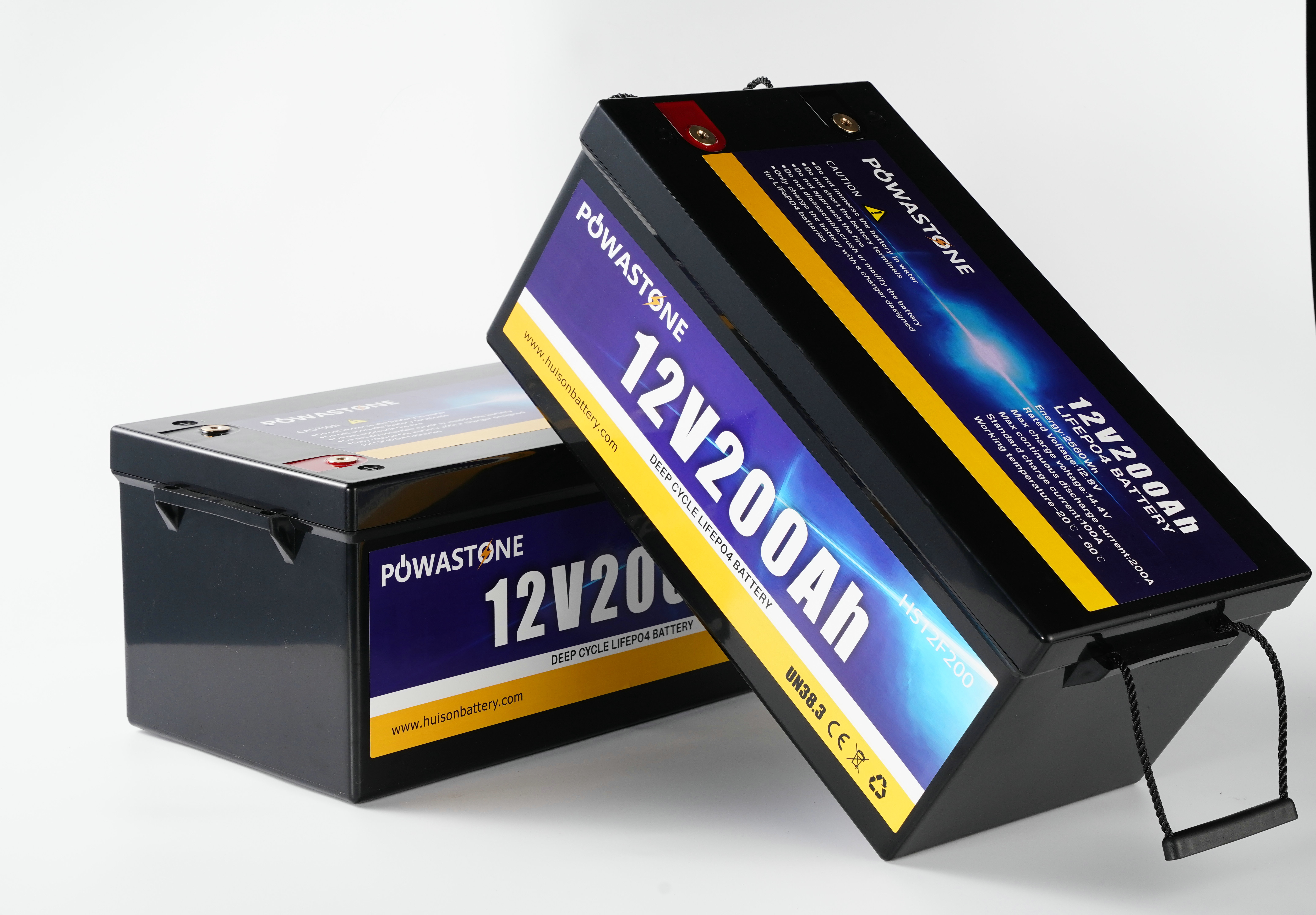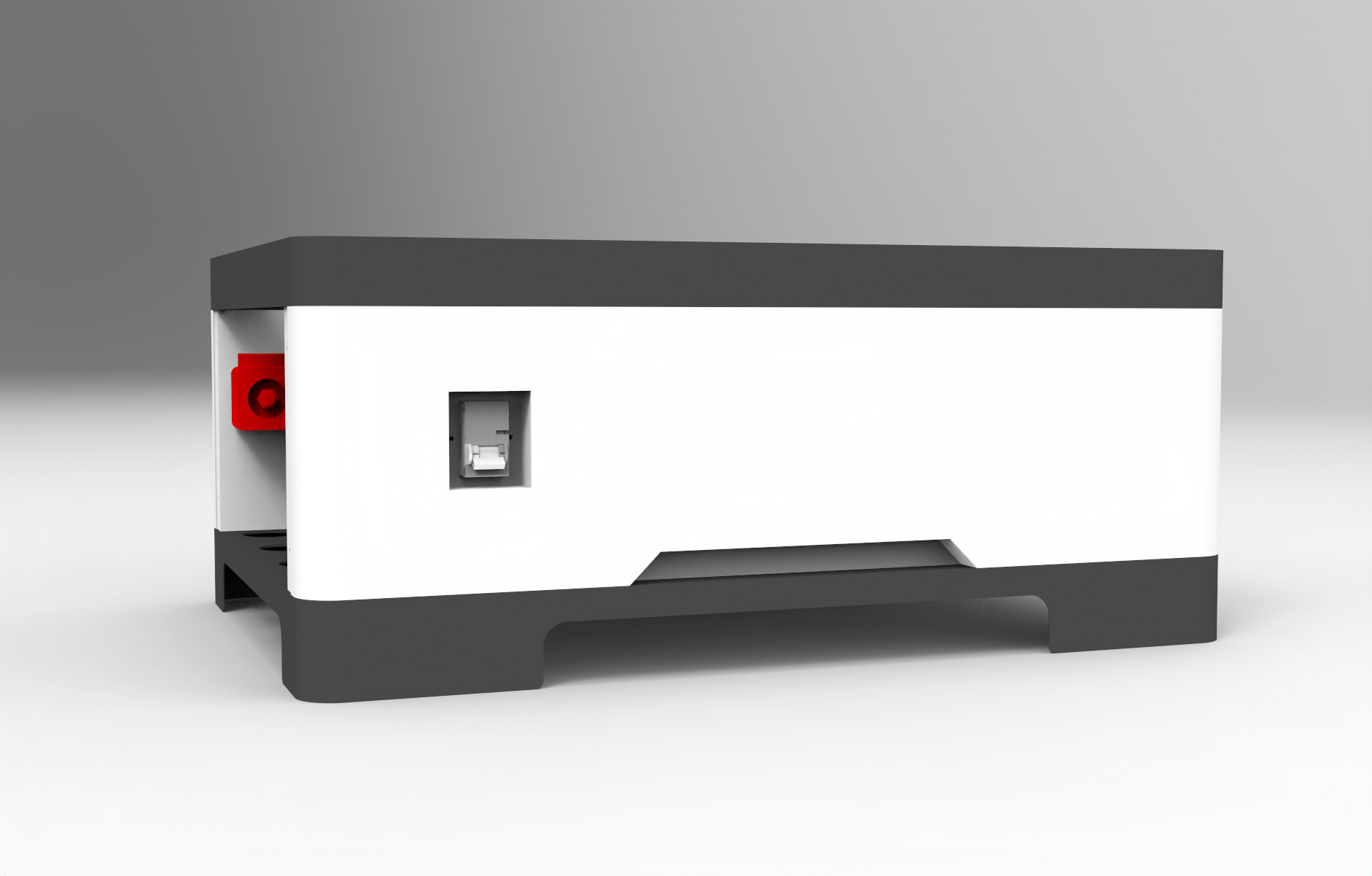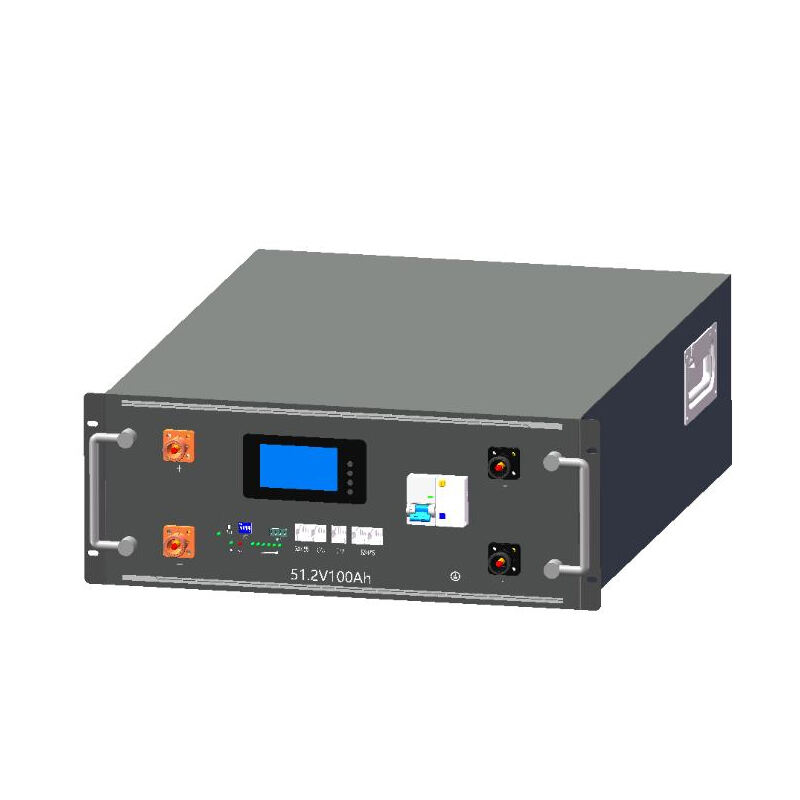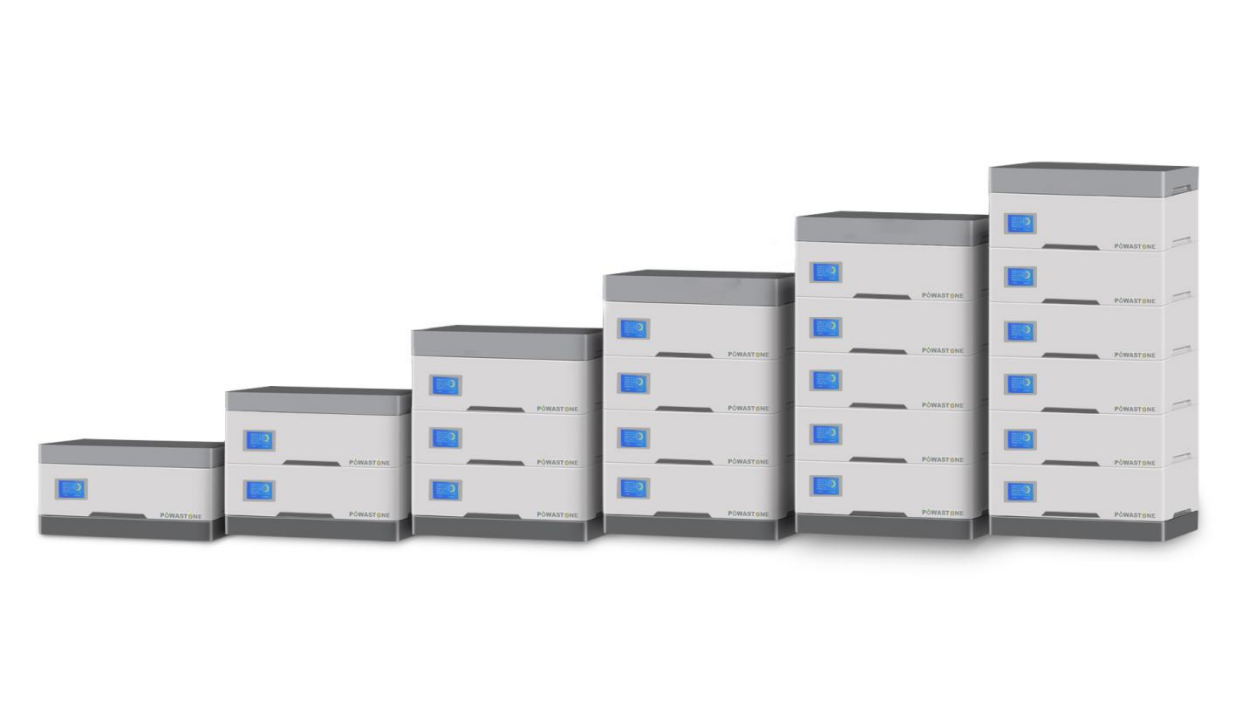What’s the cost - effectiveness of home battery in long run?
Initial Investment and Upfront Costs of Home Battery Systems
Breakdown of Upfront Expenses for Home Battery Installation
Home battery systems require a multifaceted financial commitment, with total installed costs ranging from $6,000 to $23,000 depending on configuration. Key expense components include:
- Battery hardware: $6,000–$12,000 for lithium-ion systems
- Professional installation: $2,000–$8,000 (AES Renew 2025)
- Supplementary equipment: $1,000–$2,000 for inverters and monitoring systems
- Permitting and grid interconnection: $500–$2,000
These figures exclude potential electrical upgrades, which add $1,000–$2,000 for older homes requiring panel modernization.
Factors Influencing High Initial Cost: Battery Capacity, Brand, and Integration Complexity
Three primary drivers elevate upfront investment:
- Capacity demands: Systems sized for whole-home backup (13–15 kWh) cost 45% more than partial-load configurations
- Technology tier: Premium lithium-ion models command 22–35% price premiums over entry-level alternatives
- System integration: Retrofit installations average 18% higher labor costs versus new solar-battery bundles
According to Angi's 2025 analysis, per-kWh costs span $400–$750, with complex ground-mounted installations at the upper threshold.
Comparison of Leading Home Battery Models and Their Price Points
| System Type | Capacity Range | Installed Cost | Key Differentiator |
|---|---|---|---|
| Base Configuration | 5–10 kWh | $8,000–$14,000 | Partial-home backup |
| Mid-Tier System | 10–15 kWh | $14,000–$19,000 | TOU rate optimization |
| Premium Whole-Home | 15–20 kWh | $19,000–$23,000 | 24/7 off-grid capability |
After 30% federal tax credit. Market data shows premium models deliver 12% longer warranty periods despite 18% higher upfront costs versus baseline options.
Long-Term Financial Benefits Through Energy Bill Savings and Incentives
Reduction in electricity bills through stored energy use during peak rates
Home battery systems optimize energy costs by discharging stored power during peak rate periods when electricity prices spike 20–40% above off-peak levels. This strategic load shifting helps homeowners avoid utility demand charges, which account for 30–50% of typical energy bills in regions with time-of-use pricing.
Energy bill savings through reduced grid consumption
By offsetting 60–80% of grid electricity consumption, modern home batteries reduce annual utility costs by an average of $740. Payback periods shorten to 3–7 years when paired with solar panels, according to a 2024 energy efficiency analysis.
Impact of electricity tariffs and feed-in tariffs on home battery economics
Utility billing structures significantly affect storage ROI. Net metering enhances value by crediting excess energy fed back to the grid, while feed-in tariffs typically offer lower compensation (8–15¢/kWh) compared to retail rates that can reach 35¢/kWh in high-cost markets.
Financial incentives, tax credits, and rebates (e.g., federal ITC 30%)
The federal Investment Tax Credit (ITC) covers 30% of installation costs through 2032 as part of a national clean energy initiative. Fifteen states add local rebates up to $5,000, creating layered savings that can reduce total system costs by half before operational benefits begin.
Evaluating Return on Investment: Payback Period, ROI, and IRR
Payback Period and Return on Investment for Home Battery Systems
Home battery systems typically achieve payback within 7–12 years, depending on local energy rates and usage. Households in areas with steep time-of-use differentials ($0.35–$0.50/kWh peak vs. $0.15/kWh off-peak) recover costs 2–3 years faster. Solar-coupled installations improve ROI from 8% to 14%.
Calculating Internal Rate of Return (IRR) for Home Battery Investments
The internal rate of return takes into account how money saved in the future isn't worth as much today, which helps when comparing battery storage options to things like buying more efficient appliances instead. Take a system costing around fifteen thousand dollars that saves about twelve hundred each year. Over ten years, this gives an IRR somewhere between six and eight percent. That's actually lower than what we see with just solar panels alone, though batteries tend to offer steadier results over time. Looking at various industry reports shows something interesting too many people miss out on quick paybacks often mean less impressive gains down the road.
Real-World Savings Scenarios and Extended Payback Challenges
Phoenix households achieve about 90% of projected savings due to consistent solar charging, while Midwest installations average 70–75% because of seasonal cloud cover. Oversizing is a common issue—installing a 20kWh battery for 15kWh daily needs extends payback by 3–5 years due to underutilized capacity and added degradation costs.
Case Study: Annual Savings From Home Battery Usage in California Households
A 3-year study of 150 Northern California homes found average annual savings of $814 using 13kWh batteries. Those combining batteries with off-peak EV charging boosted savings to $1,100/year, achieving an 8.5-year payback versus 11 years for standalone setups.
Optimizing System Sizing and Battery Utilization for Maximum Value
Matching Home Battery Size to Household Energy Demand Patterns
Aligning storage capacity with actual energy use prevents overspending and ensures reliability. A 2024 study in Renewable Energy Focus found that 70% of underperforming installations resulted from mismatched sizing—often exceeding real needs by 40–60%. Review historical electricity bills to identify:
- Peak consumption hours
- Seasonal demand fluctuations
- Backup requirements during outages
Maximizing Battery Utilization to Enhance Financial Benefits
Active management of charge and discharge cycles during peak and off-peak windows amplifies savings. Combining time-of-use optimization with solar self-consumption reduces grid dependence by 55–75%. Households that shift high-load activities like laundry and HVAC to daylight hours see 30% faster ROI through smarter energy use.
Industry Paradox: Oversized Systems May Reduce Cost-Effectiveness Despite Higher Storage
Larger batteries provide extended backup but face diminishing returns. The same 2024 study showed payback periods increase by 18 months for every 5 kWh beyond optimized capacity, driven by higher upfront costs and accelerated degradation.
Case Study: Optimized vs. Suboptimal Battery Sizing in Suburban Homes
| Metric | Optimized 10 kWh System | Oversized 20 kWh System |
|---|---|---|
| Annual Savings | $1,280 | $1,410 |
| Payback Period | 7.2 years | 10.1 years |
| Warranty Coverage | 96% capacity retained | 89% capacity retained |
| 10-Year Maintenance | $900 | $2,100 |
California households with right-sized systems saved 15% more over ten years than those with oversized units—even with identical solar arrays—proving precision delivers compounding value.
Lifespan, Maintenance, and Hidden Long-Term Costs
Expected Lifespan and Degradation Rates of Lithium-Ion Home Batteries
Modern lithium-ion home batteries retain 70–80% of their capacity after 10 years of daily cycling, with average annual degradation of 2–3%, according to NREL’s 2023 energy storage study. Homeowners should factor this gradual decline into long-term savings projections.
Long-Term Maintenance and Replacement Costs After 10+ Years
While routine maintenance is minimal, inverters typically need replacement every 8–12 years at a cost of $1,200–$2,500. Full battery replacements after 15 years also impact long-term economics. Planning for these expenses early improves accuracy in ROI assessments.
Warranty Terms and Their Impact on Long-Run Cost-Effectiveness
Top manufacturers offer 10-year performance warranties guaranteeing at least 70% capacity retention, aligning closely with expected degradation. These protections guard against premature failure but don't eliminate eventual replacement once batteries fall below practical usability.
Strategic Advantages Beyond Savings: Grid Independence and Resilience
Home batteries provide critical backup during outages, which average 14 hours during U.S. storm events (DOE 2023). With climate-related grid disruptions rising 18% annually since 2020 (EIA data), the resilience benefit adds significant non-financial value.
FAQ Section
What are the initial costs involved in installing a home battery system?
Initial costs for home battery systems involve battery hardware, professional installation, supplementary equipment like inverters, and permitting fees, totaling between $6,000 and $23,000 depending on configuration.
How long does it typically take to achieve payback on a home battery system?
Payback periods for home battery systems generally range from 7 to 12 years, influenced by local energy rates and usage patterns.
What are the ongoing maintenance requirements for home battery systems?
Ongoing maintenance is minimal but inverters may need replacement every 8–12 years, and full battery replacements may be necessary after 15 years.
How do home battery systems contribute to energy bill savings?
Home batteries lower energy bills by storing electricity for use during peak rate periods and by reducing grid electricity consumption by 60–80%.















